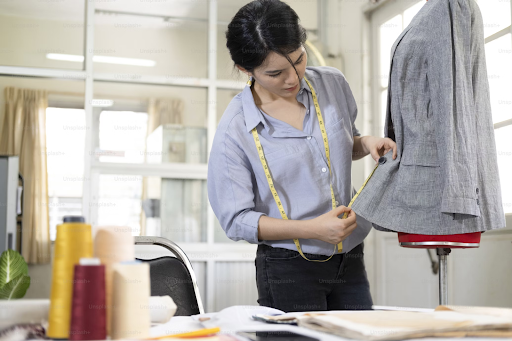Have you ever considered getting into editing? In a world where content is all around us, not only is it a useful pastime, but you might already have dabbled in it? Ever put together a collection of photos to music for your Instagram Story? That’s editing.
But if you want to develop your editing skills, it can be hard to know where to start. Luckily, we’ve got a guide to get you going.
Where to start
Where to start is with the absolutely most basic video editing software you can find. Don’t look at anything by Adobe or any influencers showing you how to use Adobe yet or an equivalent. Instead, look around what’s already installed in your computer or smartphone and learn how to simply snip and put together pieces of film. This means you will be starting with something like Windows Movie Maker or Apple iMovie. You just want to get a feel for the basic components like snipping, dragging, dropping, adding music, developing a rhythm, etc.
As for what you can make, it might sound corny but start with a fan edit or a music video. Something with music in it will mean you don’t yet need to worry about audio editing, but it also allows you to develop, literally, a rhythm. Speech is full of rhythm and so is editing, and in film editing, an important component is to know when to speed up and when to slow down, when to match what’s happening on screen and when to contradict.
Once you’ve done a few attempts at the basics yourself, you can move on to the more involved editing software. It’ll now be easier to understand the terminology and what the instructor is talking about once you’ve got the hang of it. You can find a video editing course that will go through everything from audio editing to creator editing, theory to practice.
What to learn
Whether you’re making a family film or a feature length blockbuster, it’s worth it to learn some film editing theory when it comes to editing. Too many Hollywood blockbusters have been brought down due to a misunderstanding of the purpose of editing. And what is that purpose? Well, the common adage is that if the editor is doing their job right, you wouldn’t notice they were there at all. But the flip side of that is that someone who doesn’t know what they’re doing is as plain as the nose on your face.
So, look up some film editing theory. Why does the camera zoom at that moment? Why is this action scene paced so fast? Why are we lingering on that face? The thing is that once it’s pointed out to you, it’s hard not to notice it. In fact, you can see it in a lot of content nowadays. Even influencers know to get the reactions in the room, what different zooms are for, etc. It’s encouraging because social media is showing that people are gaining film literacy.
Getting the practical elements like the “scissors mean snip” and dragging and dropping is one thing, but a lot of editing is the theory. It’s about the “why” rather than “how”. Besides, that’s the more fun element anyway.
Tips and tricks
Editing is all about the post-production, but you’d be surprised with what post-production can achieve. Thanks to the internet, filmmaking and editing in particular has exploded and is more accessible than ever.
Our first tip, therefore, would be to start joining Reddit subreddits and Discord chats that regularly chat about editing. You will pick up tips by osmosis but people will also share resources like places to get stock footage, stock music, effects, and more.
Also, consider varying your editing projects. We started with fan edits and music videos, but once that’s nailed get on to putting together a skit, so that you can edit audio and reactions. Try out a newsreel to better work at a steadier pace. Move on to an action scene in a movie, a dramatic scene, a YouTube video, a TikTok clip. You’ll soon find that editing is the language to what the piece is trying to say, and that each of these different scenarios has a different way of expressing their message through editing. Take SNL and CNN for example: they’re both reporting the news, but one uses editing to make you laugh and the other uses editing to make you sombre.
Dos and Don’ts
– Do play around with other people’s content. Editing is your ticket to free use, so if you change or “transform” the piece enough you can even post it.
– Don’t forget that consistency is key and pay attention to detail. Those IMDB pages are full of people pointing out a can that wasn’t there before for a reason.
– Do experiment! This is a creative outlet, even if it doesn’t feel like it with the amount of rules in the theory and practical digital effects, but it’s all in how you use them. Besides, rules are made to be broken.





